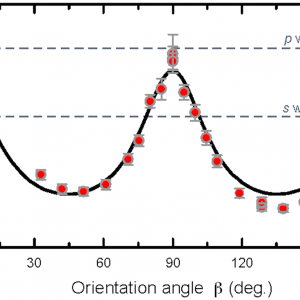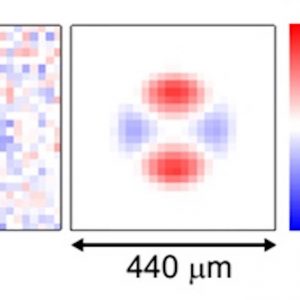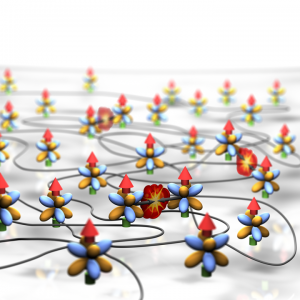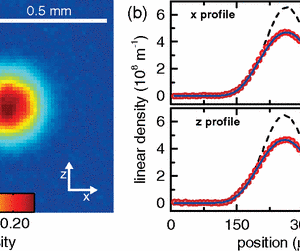ERBIUM NEWS:
Now in PRX! We show that for ultracold magnetic lanthanide atoms (Er and Dy) chaotic scattering emerges due to a combination of anisotropic interaction potentials and Zeeman coupling under an external magnetic field. The scattering is studied in a collaborative experimental and theoretical effort, involving our group, the Stuttgart Dy Group led by T. Pfau and the theory colleagues S. Kotochigova and E. Tiesinga in the USA. [more]





